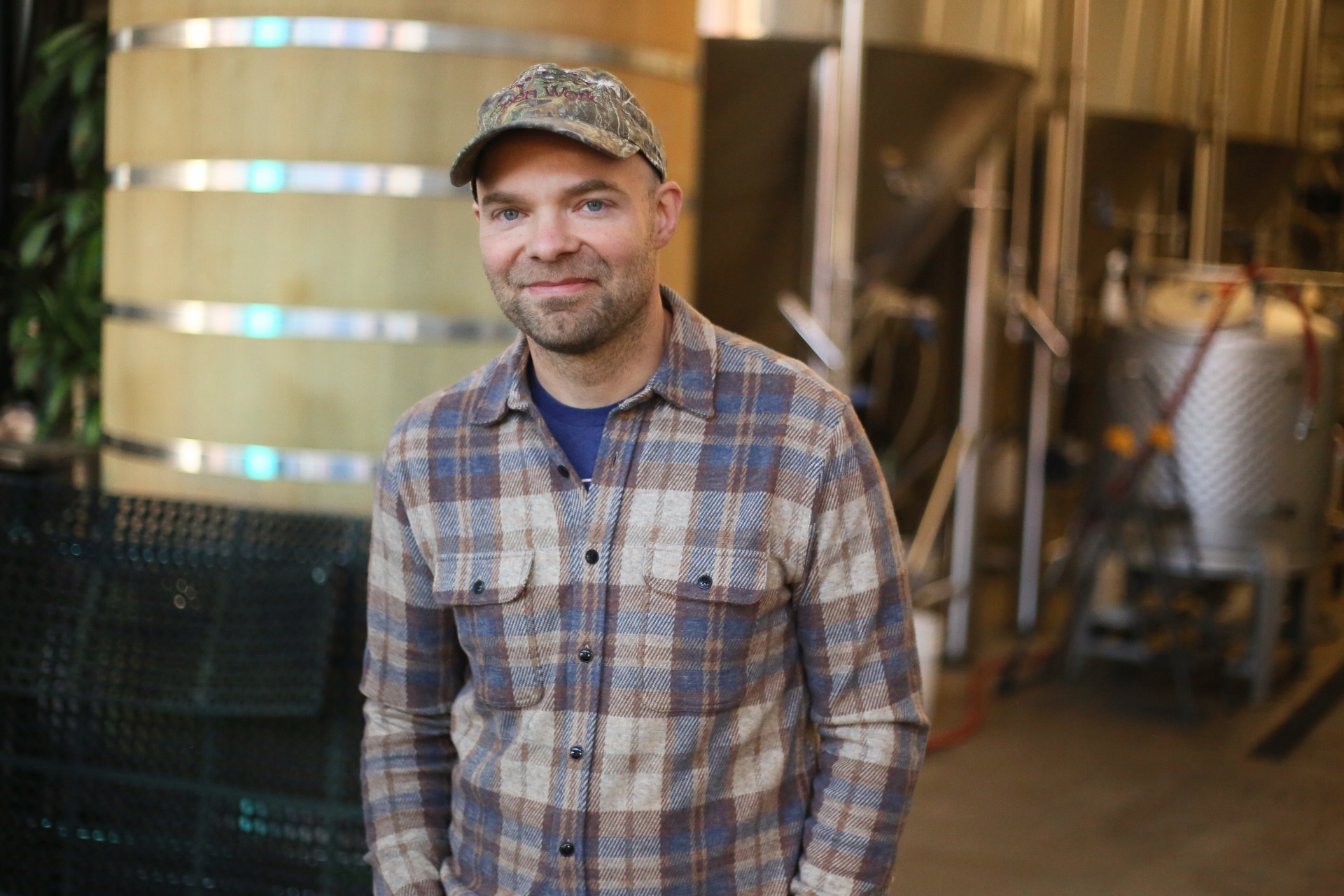
Named #1 craft brewery in New York state, Grimm is a Brooklyn-based brew house with a huge following across the city. Founded by husband-and-wife duo Joe and Lauren Grimm, the company started out as a “gypsy brewer,” producing their pioneering barrel-aged sour beers at external locations. In 2018, the Grimms found a permanent home inside a high-ceilinged industrial loft in East Williamsburg.
Today, more than a dozen employees scurry among shiny steel tanks and columns of oak barrels here. In the evenings, the space transforms into a lively beer bar, where 20 taps serve the latest Grimm creations behind a sleek maple counter. Recently, I visited Joe Grimm to chat about Physica, the wine label they’re launching next month, and to gauge where the U.S. craft beer market is headed.
Does the West Coast vs. New England IPA divide still exist?
Absolutely. It’s about a different presentation of hops. West Coast IPA will look more clear and taste more bitter, with citrusy and floral hops. It’s more assertive in its bitterness, a bit more sleek. North East IPAs tend to be creamier, more textured on the palate, hazier, and more fruit-forward. Although we’re more known for NEIPA, we enjoy the different challenges presented by both styles.
Why do you think lagers struggle with their reputation?
A lager can be pristine and easy and really good. I like to think of watery as not necessarily being a bad thing. If you’re thirsty, there’s nothing as good as cold, clean water. Complexity isn’t the only way to judge a beer. And a lager isn’t simpler to make than other beers. There are so few big flavors in a pale lager that any time you make a mistake, it’s front and center. A good way to demonstrate your prowess as a brewer is to make a flawless lager.
Are we about to experience a lager revolution?
I think all types of beers will hold their own. I don’t think IPAs and sour beers are going away, but I do think that lager is getting more popular, especially here in New York. People start to appreciate what it takes to make a great lager. If you drink a lot of beer and begin to get bored of constantly tasting big flavors, you might want something more subtle and restrained.
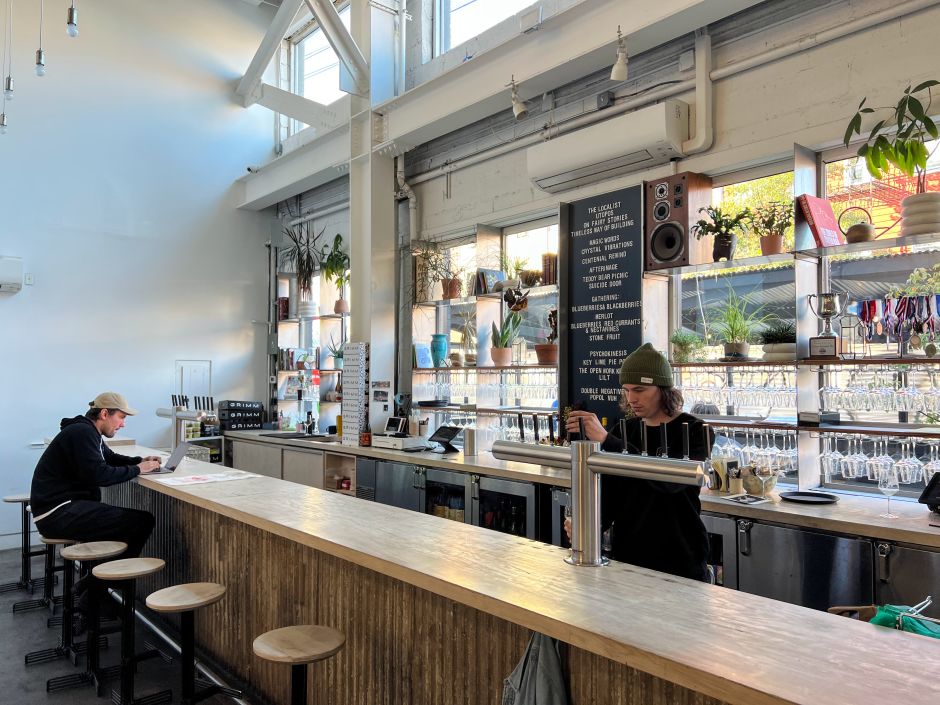
Do you think sour beers will continue to gain in popularity?
I don’t think it’s ever going to be as popular as IPA. Sour beer is always going to be a bit esoteric. People don’t necessarily know that sour beer can be a complex, time-intensive product, because there are many cheap and easy versions out there. You can make a sour beer in 18 days, and you can make a sour beer in a year-and-a-half.
You’ve said that Grimm’s barrel-aged sour beers were inspired by Belgian lambic-style beers.
We’ve always been interested in Belgian beers and some of the Belgian producers, like Cantillon, are a real inspiration. We try to think about how we can come up with our own way of achieving results that are in that tradition, but also adding to that tradition and further developing what’s possible with wild beer, and with our spontaneous ales specifically.
Many Grimm beers ferment with natural “wild” yeasts, instead of standard pre-selected yeast strains. How does this work?
The yeast comes from the ambient environment. There’s usually a specific order in which the different microbes naturally appear. Wild saccharomyces will make the first stage of alcohol, then other yeast families and bacteria take over, such as Brettanomyces and lactic acid producing bacteria. The whole fermentation process goes on for a long time, a year or more, and creates complex flavors.
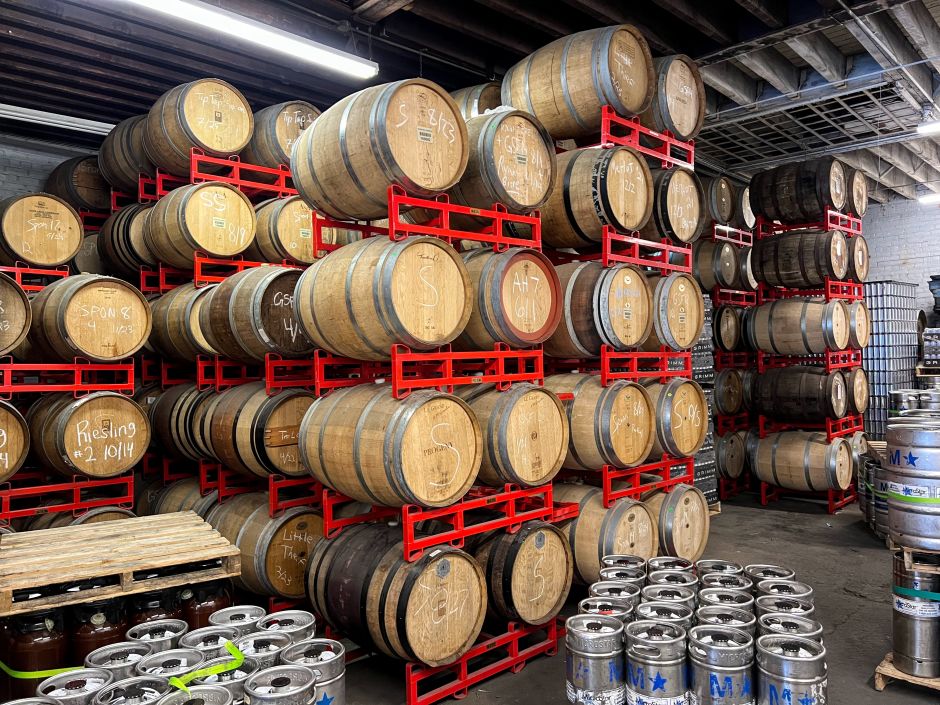
What’s the point of aging beer in barrels?
The barrel provides the small amount of oxygen needed for the natural fermentation and maturation to take place. We don’t use new oak barrels because their flavor might be too overwhelming for beer. We prefer barrels that have already been used a few times to make wine, because these will impart a delicate oak character.
What makes your beers sour?
A lactic acid bacteria called Pediococcus is the main player in the spontaneous ales. As the wild saccharomyces begins to run out of steam, brett and pedio take over and finish the fermentation. Lactobacillus and acetobacter also play a lesser role. If we create the right initial conditions, these different microbial populations will naturally grow in the right sequence, balance, and proportion.
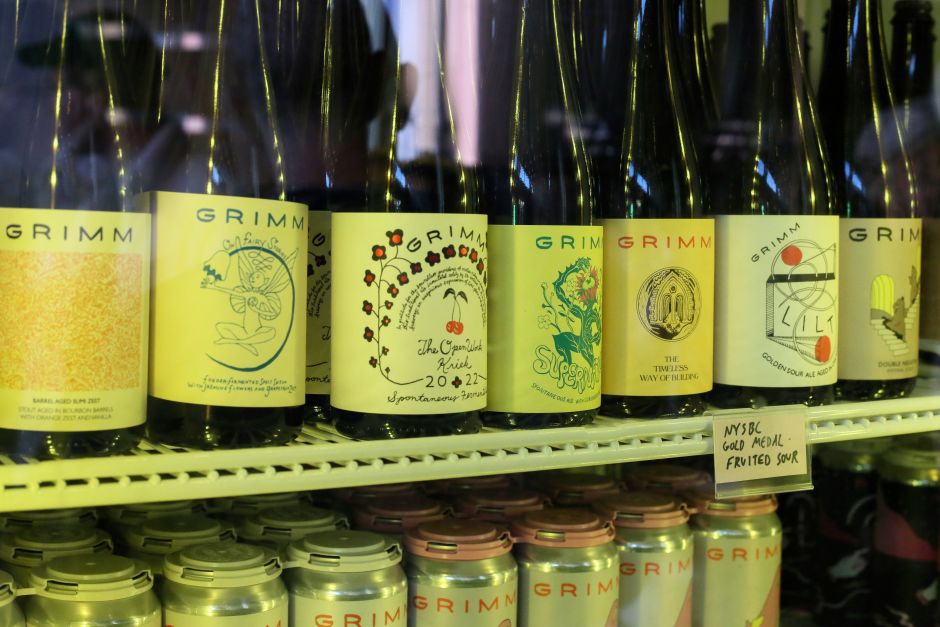
Can a “wild” fermentation go wrong?
Yes. The beer could turn sour a little too early, which limits the complexity that will develop later. There are different acids. Lactic acid is pleasant, it’s the acid you get in sauerkraut and yogurt. But there’s also acetic acid, which is the compound that produces vinegar. Acetic acid in beer can be a flaw if it’s out of balance.
If the hop rate is too high, it may not develop sufficient acidity. If the pH is wrong, it may produce unpleasant flavors. If the beer sits too long in the barrel, it may eventually get vinegary and/or oxidized. If there is an oxygen introduced at packaging, it may develop a mousy character in the bottle. These are just a few of the defects that we are careful to avoid.
Can you talk about your wine project?
Yes! This November, next month, we’ll be launching our wine brand “Physica” with a skin-contact chardonnay, a sparkling red, and a piquette. We’re currently buying the grapes from three vineyards in Long Island, about two hours away from here. We’re doing whole cluster maceration and fermentation, without so much as a press. We use only spontaneous yeasts and no sulfites at all. Originally, we were going to release wines under the Grimm name, but they came out so well that they deserve their own brand.
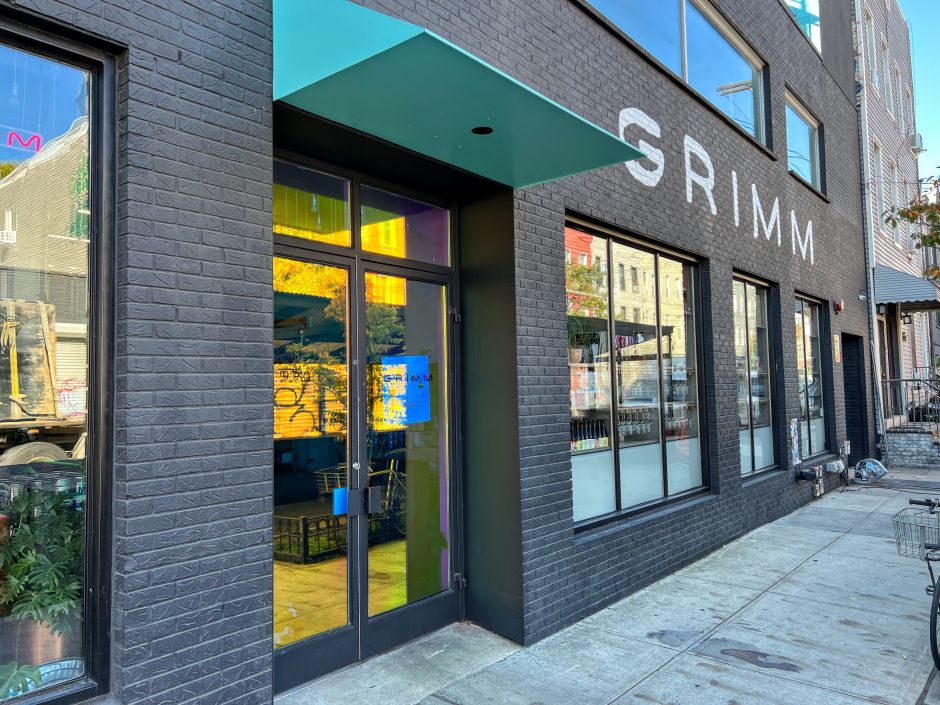
How did the idea come about?
We make lots of beers with whole fruits. Berries, redcurrants, blueberries, blackberries, peaches, grapes. We apply the technique of carbonic maceration to these fruits and then use those fruit wines to blend with beer. We were so satisfied with the results that a few years ago we were like, “why don’t we just make wine?”
So there is a symbiosis between beer and wine.
In fact, when the wine is finished, we rack it off the grape stems and skins, leaving the solids remaining in our fermenter. Then we transfer our barrel-aged sour beer onto the leftover solids and macerate a second time. These second and sometimes even third steepings can add valuable flavors to the beer, and make it possible to get all the good stuff from the grapes even without pressing the grapes.
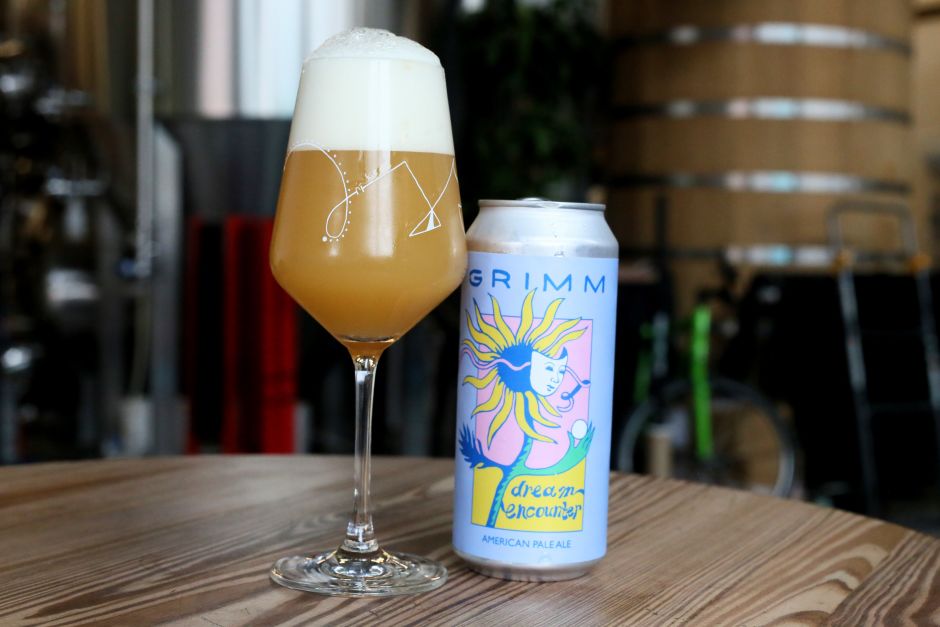
It’s so nice to see a family business thrive without being annoyingly commercial.
We enjoy the process of exploration, of experimenting and seeing what can be made of what. Everything we do here is a process of iterative experimentation, research, and critical consideration. Beer and wine are deep living traditions and our hope is to add meaningfully to that body of knowledge.